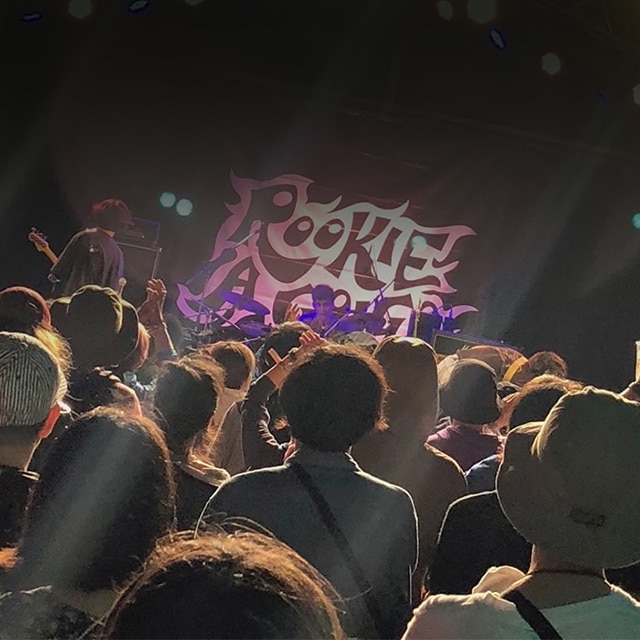Going live from the African bush
WildEarth streams live from Kenya and South Africa, bringing real time wildlife action to fans all over the world.

Filming lions, elephants, crocodiles, hippos, zebras, wildebeests and just about every kind of animal that inhabits the African wilderness, production company WildEarth shoots an impressive range of high-end live natural history programmes licensing their content to the likes of National Geographic and others.
Its live shows from the Maasai Mara in Kenya and the Greater Kruger National Park in South Africa are attracting an online following of millions. Viewers watch live on YouTube, Facebook Live, television, and Twitter’s live streaming app, Periscope. They can interact with the presenters and even suggest what they should do next. It’s the closest thing to being on safari.
WildEarth is one of Africa’s top wildlife production companies; among its arsenal of cameras are Sony’s ultimate palm-sized PXW-X70 ‘run and gun’ camcorders alongside handy PXW-Z150‘s and α7S cameras to record the best action in HD and 4K.
Jeandre Gerding, WildEarth’s Head of Camera Operations, says the X70 is the perfect camera for some of their applications, including live handheld bushwalks and scenic safaris from a hot air balloon. “The X70 is a phenomenal camera, it has been revolutionary for us. With such a powerful zoom on a one-inch chip, XLR audio inputs and fantastic active image stabilisation, it is a great run and gun camera.”
Since 2006, the company has been live streaming from Africa. In 2017, WildEarth contributed to National Geographic’s ambitious global Earth Live wildlife series. The company also broadcasts high-end live natural history shows on television, while also creating daily live streaming shows and other productions specifically for the internet.
Shooting in the wild

Nine camera crews work across the two locations, capturing presenters as they traverse the wilderness in their vehicles, on foot, in bush studios, or in a hot air balloon. In Kenya an X70 is operated on a gimbal from a hot air balloon, delivering stunning aerial footage for the shows. The presenters use Sony UWP-D Series wireless radio microphones, with shotgun and rifle mics on the camcorders to pick up ambient sound.
WildEarth’s technical facilities are impressive. The company has laid cables and wireless networks across the parks and, for the live broadcasts use satellite feeds to beam everything to studios in Washington or Los Angeles in the United States, where adverts and final graphics are added.
The operation is one of the most impressive on the internet and the live shows have a huge following. WildEarth is currently the number one feed on Periscope, with over 26 million likes. The daily live shows, safariLIVE, broadcast live twice a day for three hours every day.
Gerding says that WildEarth is proud of the interaction it has with viewers. “Some people cannot believe it is really live and might post a comment to that effect. The presenters then get fed the comments from a director curating viewer interactions from their final control studio; the presenter can then turn to camera and talk directly to that specific viewer immediately dispelling the viewer’s disbelief. In some instances viewers can also help direct the progress of the show, suggesting what to follow or where to go next. This is the future of television.”
Wide focal range with high quality fixed lens

The X70 is the ideal camcorder for creating the live streams, with its professional features, a remarkably compact, ergonomic design and support for connecting to external streaming servers. The X70 captures high bit-rate images using a powerful 1.0” type back-illuminated Exmor R CMOS sensor.
For Gerding, the camcorder’s incredible zoom range on the ZEISS Vario-Sonnar T lens is one of the main reasons that the camera was chosen to be used as a live handheld feed for bushwalks in the Sabi Sands (Greater Kruger National Park). “Because we are live, we can’t change the lenses. But for extreme close-up macro shots, we can shift focus from a small insect on a leaf only 1cm in front of the lens, all the way to an elephant staggering towards us.” The 12x optical zoom can be doubled to 24x with Clear Image Zoom, Sony’s intelligent interpolation technology that increases the resolution of the image. In addition, the Digital Extender doubles this range again, up to 48x zoom.
“The X70 has an amazing active image stabiliser allowing our camera operators to shoot stable handheld footage even on the tele end of the lens. The camera’s ergonomics allow us to shoot fast in a tricky environment, and keep our balance and stable images as we walk through bushes on the trail of leopards, elephants and lions in the wild,” Gerding says.
Visually stunning HD shots with 4K capabilities

The X70 also has the ability to capture XAVC 4K (QFHD) and MPEG HD 50Mbps (1920×1080) at 60i/30p or (1280×720) at 60p, with the high bit-rates making for better images of the wildlife. (MPEG HD requires CBKZ-SLMP upgrade).
“We’ve had very limited 4K use of the camera, as our live shows are produced in HD. Our live streams run at 720/60p and so the camera really works for us as we are able to stream at 720/60p while recording at 1080/60p internally allowing for better quality archive material.”
“We have been using several X70 cameras for over two years, and still there is nothing on the market that competes. It is a camera I would recommend without hesitation.”
Photo credits: Tristan Dicks and Jeandre Gelding.
